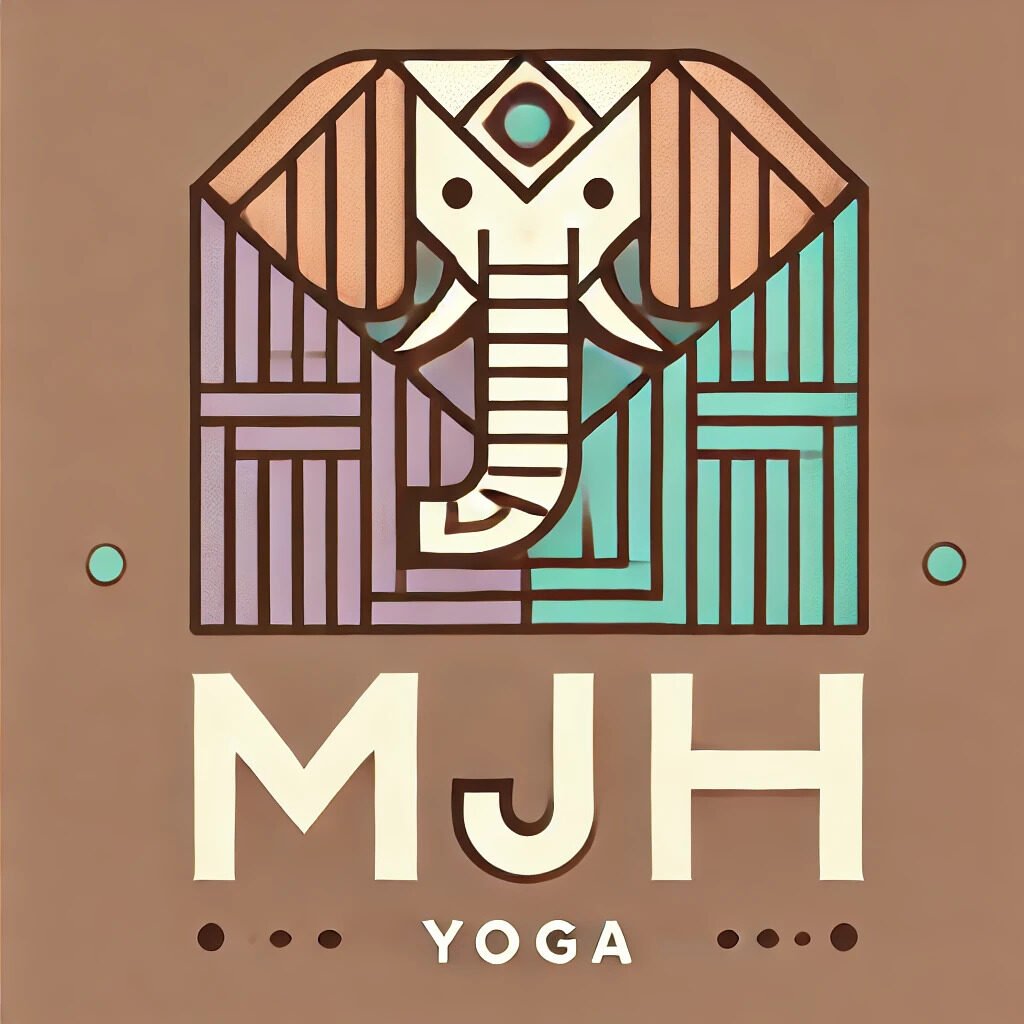Body Awareness and Alignment in Yoga Teaching
The Art of Saying It So They Actually Feel It
If you’ve ever stood in front of a room full of yogis and said something like “engage your core,” only to be met with blank stares or wildly different interpretations (someone holds their breath, another tenses their shoulders, and one person just clenches their jaw), then congratulations — you’re a yoga teacher.
Welcome to the high-wire act that is teaching alignment and body awareness: one part science, one part poetry, and one part trying not to scream, “No, not like that!”
Because here’s the truth: precise, embodied instruction isn’t just about keeping students from face-planting in bakasana. It’s about helping them access their own felt sense of the pose — safely, effectively, and (if we’re doing it right) joyfully.
I. The Science and Art of Clear Instruction
Let’s start with the most powerful tool you have as a teacher: your words.
“Those are the muscles you want to be using. Push, push, push.”
Whether you’re cueing a beginner’s trikonasana or leading someone through a deep backbend, language is the bridge between theory and sensation. But don’t get lost in anatomical jargon — this isn’t a Grey’s Anatomy rerun.
“Weight into that leg. Pull the shin and top of the foot closer.”
Simple, direct, and easy to understand. No one needs a lecture on sartorius function mid-sequence.
And for those running Mysore or Led Primary? The count system becomes a rhythm of focus.
“Inhale, one… Exhale, two… Hold for three counts…”
The count isn’t just about pacing — it’s a container for awareness. (And yes, sometimes it’s the only thing keeping a student from panicking mid-navasana.)
II. Physical Alignment Principles
Alignment is not one-size-fits-all. But it is guided by foundational principles that help us keep joints happy and movement functional.
“Keep the weight centered over the foundation. Just like a tree needs roots to support its height, your pose needs a stable base.”
A little poetic? Sure. But it lands. And that’s the point.
“Don’t let the hip hike. Roll that chest up more.”
Teaching alignment means noticing the micro-shifts that change everything — like that one rogue rib that’s hijacking your student’s breath.
And for the arm-balance crowd:
“For the drop backs and wheel pose, focus on preventing hip dumping by engaging the abdomen, controlling rib placement by pulling in the front ribs and engaging glutes.”
Translation: don’t just fling yourself backward and hope for the best.
III. The Art of Effective Modifications
Let’s say it together now: “Everything is optional.”
“If you feel any discomfort, you stop. We go around it, not through it.”
Welcome to the era of inclusive teaching — where “modification” doesn’t mean “failure,” it means “freedom.”
“Bend your knees as much as you need. If this is available…feel free to come back into it. If it wasn’t, feel free to be up here.”
Options create agency. Agency builds trust. And props? Props are not cheating — they’re choices.
“Let’s use the blocks to create space for rotation without compressing the lower back.”
A block isn’t a crutch. It’s a doorway. Use it like one.
IV. The Power of Imagery in Instruction
Sometimes the body doesn’t respond to “rotate your humerus 30 degrees.” But say:
“Imagine you’re a chef with a giant pot, stirring a thick stew with your entire torso.”
Boom — sensation achieved.
Good imagery isn’t fluff — it’s neuromuscular magic. It helps students build proprioception (a.k.a. “where the hell is my arm right now?”).
“Imagine hitting that foot into that hand. You are the mountain.”
Because why say “press the top of the foot into the hand” when you can channel Mount Everest?
“Round the spine like a spooked Halloween cat, then melt like butter into your cow pose.”
Silly? Yes. Memorable? Also yes. And that’s half the battle.
V. Creating an Integrated Experience
Alignment doesn’t live in a vacuum. It’s part of a larger breath–body–mind feedback loop.
“Inhale to prepare, exhale to fold. Let the breath initiate every movement.”
Because when breath leads, the nervous system listens. And so does the student.
“We’re training proprioception first, then adding load, then increasing the challenge through range of motion.”
No one ever says, “I came to yoga to train my proprioception,” but that’s what’s happening — especially when your sequence is built to highlight that progression.
“I’ll speak to the general alignment first, then come around for individual adjustments where needed.”
Let your cues lay the foundation. Let your presence build the structure.
VI. Developing Expertise in Teaching Alignment
You can’t teach what you haven’t felt. And no, one anatomy workshop doesn’t make you the pose whisperer.
“The iteration process – revisiting poses with fresh eyes and maturity – is essential for teaching alignment effectively.”
You evolve. Your students evolve. Your cues must evolve.
“I can see from their positioning that they need more space in the hip before attempting this variation.”
That’s the skill: reading a body in motion and knowing how to guide without over-correcting.
“Understanding functional anatomy has completely transformed how I teach alignment.”
Anatomy isn’t just for injury prevention — it’s for freedom. The more you understand structure, the more you can support expression.
Conclusion: Say What You Mean — and Mean What You Say
Teaching alignment isn’t about being the alignment police. It’s about giving students the tools to feel what’s happening, respond wisely, and deepen their own awareness.
“The precision of instruction isn’t just about physical safety — it’s about creating the conditions for students to discover their own embodied wisdom.”
So speak clearly. Modify wisely. Cue like a poet-scientist hybrid with a sense of humor. And never forget: what we’re doing isn’t about getting into the pose — it’s about waking up inside of it.



